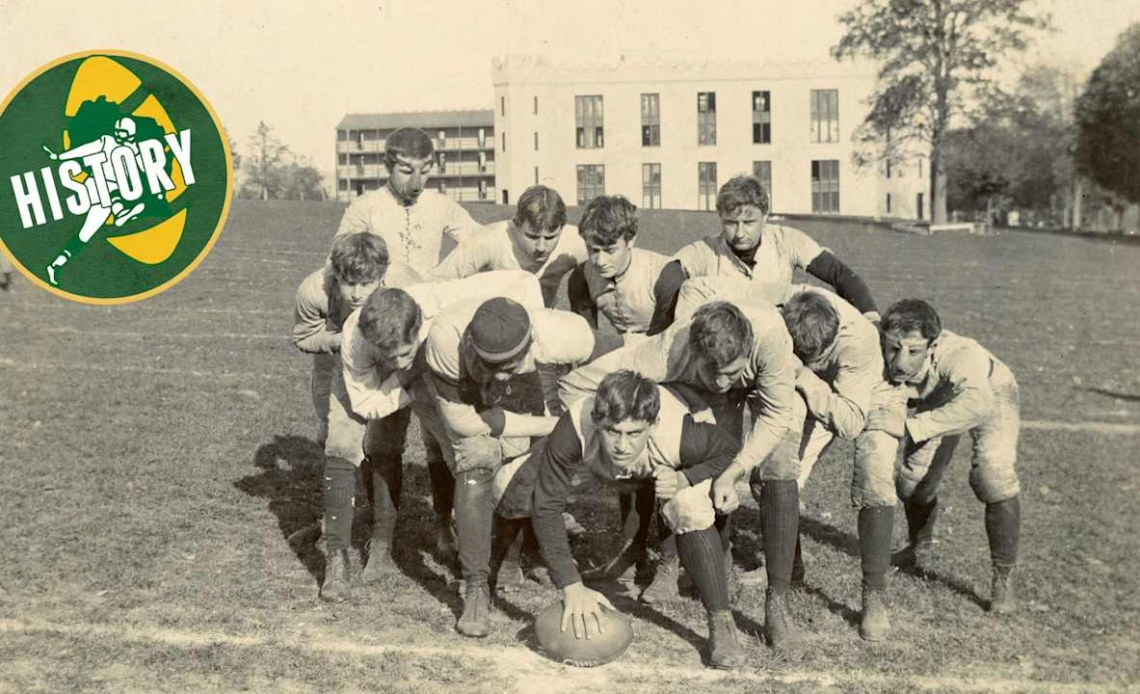James from North Liberty, IA
I don’t know how to send this to the media covering the circus of the Tush Push. But maybe you can lend a voice. Blame me for being the cranky old man. I just wanted to weigh in on the Packers’ request to eliminate the Tush Push. I know I sound like an old man yelling at clouds, but here goes. The Flying Wedge play was introduced in 1892. It basically had the runner take the ball and sneak up the middle with his blockers concentrating on a single man. This led to the brutality of the game creating numerous fatalities, so bad that the Flying Wedge was outlawed in 1894 and in 1905 President Teddy Roosevelt had to step in to tell football it had to clean up its act or be outlawed altogether. The Tush Push, Brotherly Shove whatever you wish to call it, is essentially the Flying Wedge all over again.
“Brilliant! … Brilliant! … Brilliant!”
Your question immediately brought to mind those two likeable Irishmen with the handlebar mustaches in the Guinness commercials of the early 2000s.
Comparing the “Tush Push” to the Flying Wedge had never crossed my mind, but you’re right. The pioneers of football – visionaries such as Walter Camp, Amos Alonzo Stagg, Pop Warner and Fielding Yost – supported the ban on similar tactics more than 100 years ago to make it a safer and better game.
The Flying Wedge was first used in 1892, as you stated, and outlawed in 1894. But coaches responded by designing other mass plays to circumvent the rules over the next decade.
One was the “Turtle-Back Wedge,” or “Turtle-Back Formation.” First used by Princeton in a 19th-century upset of Yale, it was resurrected by Walter Booth when he became coach at Nebraska and led the Cornhuskers to a 19-0 record in 1902 and ’03.
“Nebraska’s success on the football field in the past four years has depended almost entirely on one play, the turtle back,” the Sunday State Journal in Lincoln, Neb., stated in its Oct. 30, 1904 edition.
From what I could glean through pictures and early 1900s descriptions of the play, the “Turtle-Back Wedge” was not that much different from the “Tush Push.”
“The play derives its name from the peculiar appearance of the team formation,” the State Journal explained. Before passage of a 1910 rule requiring seven men to be on the line of scrimmage, Nebraska’s backs would bunch together while the two ends would drop a step behind the line and they’d push the…
Click Here to Read the Full Original Article at News…

